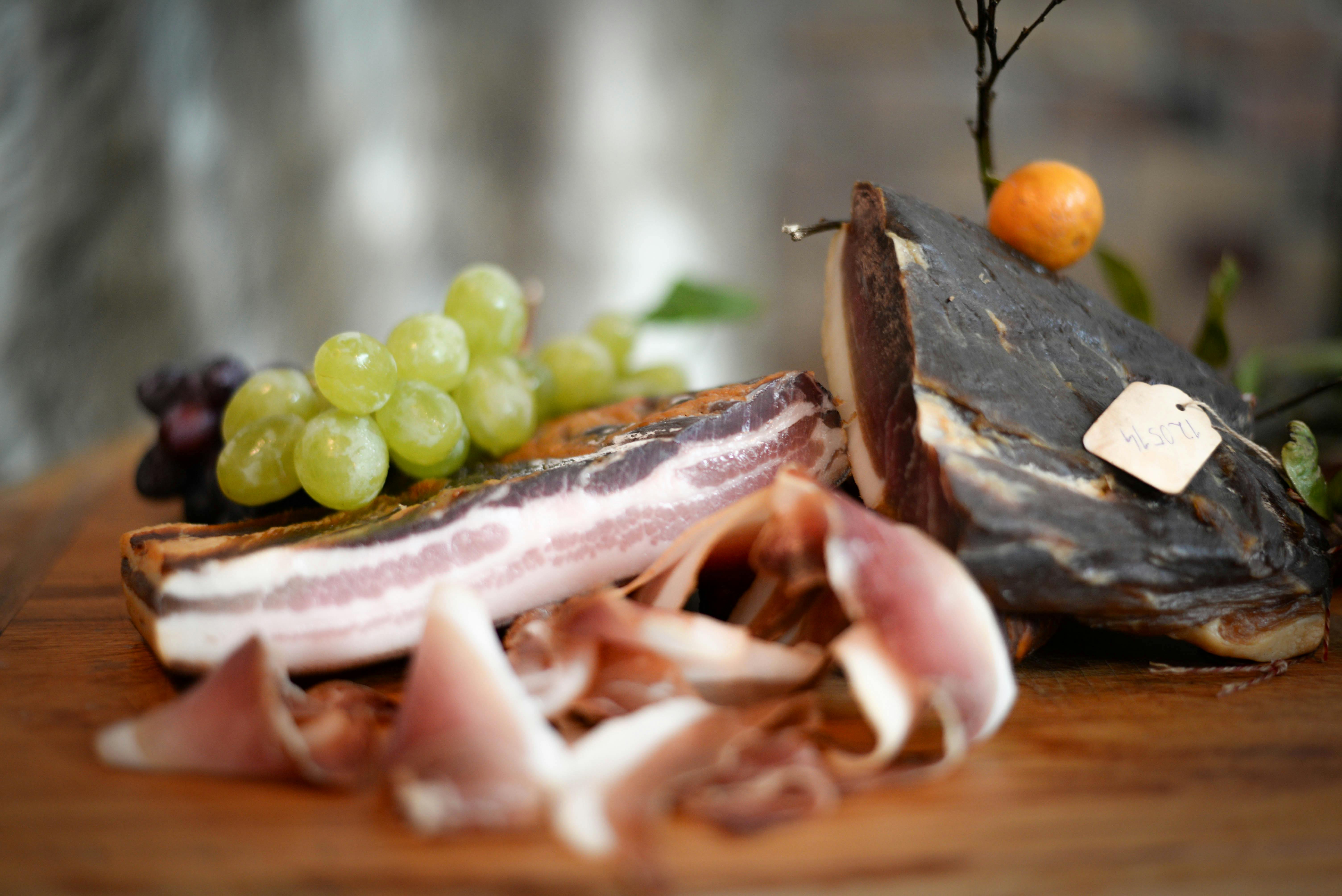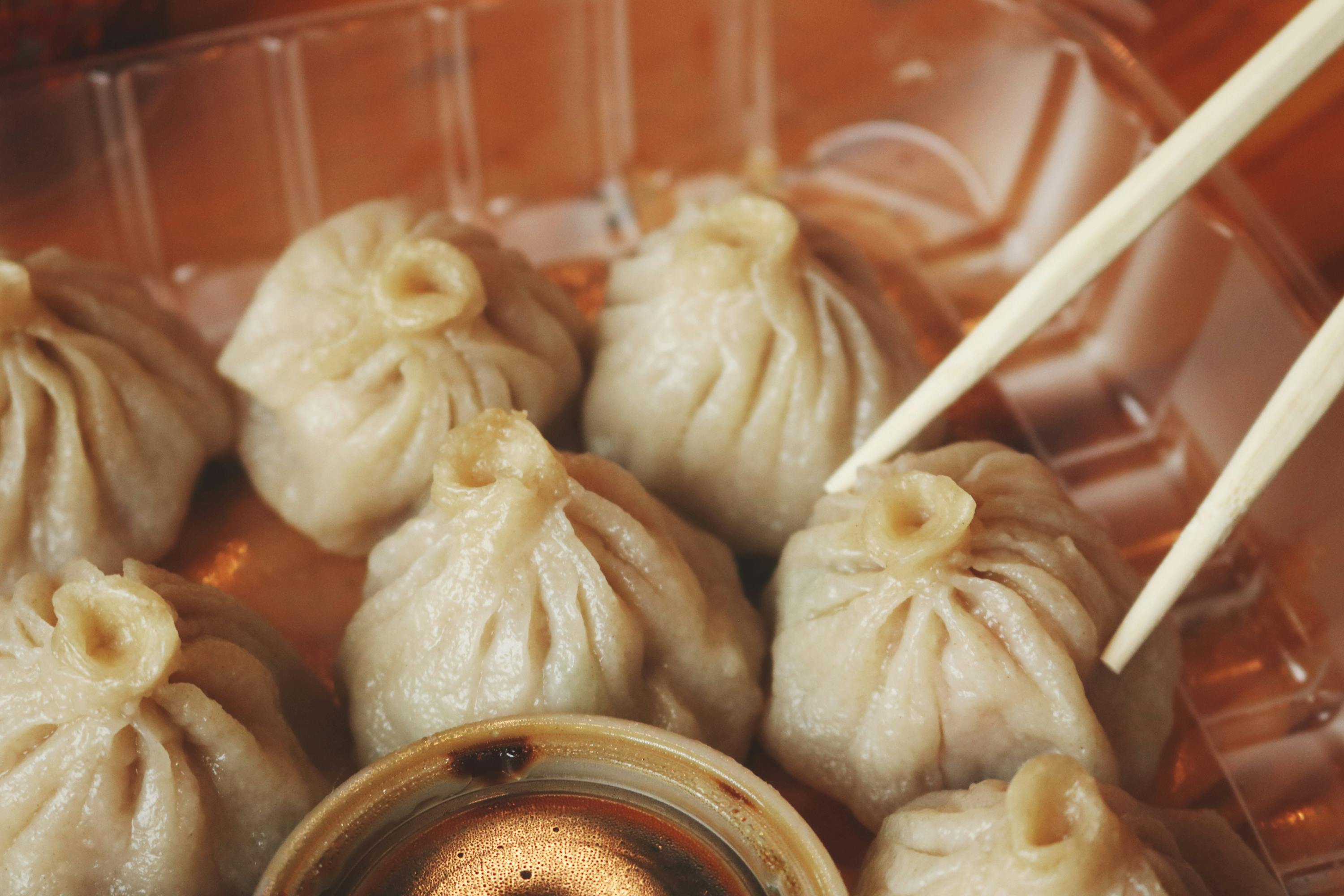Jazz is an American art form whose roots can be traced back to slave songs and chants of the mid-19th century. In the early 20th century, the art form flourished as instrumental music in the southern United States, primarily along the Mississippi River and specifically in New Orleans, Louisiana.
Early New Orleans instrumental jazz combos varied in instrumentation. Most of the time, these early jazz groups generally consisted of trumpet, clarinet, trombone, tuba, and drums. This instrumentation became what is known as the “dixieland” combo, going up the Mississippi River to Chicago, where the music became popular with jazz greats like Louis Armstrong.
Dixieland combos can be thought of as groups playing “polyphonic” improvisational music. Each instrument is independent of all the others, and each player creates independent musical improvisations based on familiar tunes or “tunes” of the day.
The performers of these early jazz combos each had a different role within the group. The trumpeter was relied upon to express the melody of the song, while the clarinet improvised complex lines above it. The role of the trombonists was to improvise or “fill in” the middle register with lines and notes that were essential to the chord changes of the song itself. The tuba player (or bassist) usually sets root notes (and fifths) of each chord at beats 1 and 3 of each measure. The tuba served as a harmonic anchor for the group. Lastly, it was the role of the drummers to keep everyone together by keeping a steady beat throughout the song.
As jazz music developed throughout the 1940s and 1950s, jazz combo instrumentation began to standardize. The jazz “quintet” and “sextet” became very popular during this time. The quintet consisted of trumpet and alto (or tenor) sax as the main melodic instruments while the rhythmic section (piano, bass and drums) dealt with rhythm and harmony.
The sextet added a trombone to form what was essentially a three-horned front line, with rhythmic section accompaniment. The sextet’s extra melodic instrument made it possible for the horns to add more harmonic depth to the group’s sound. Each instrument had a role not only as a melodic voice, but also as an integral component of the harmonic structure.
Modern jazz combos consist of a variety of instrumentation – 4, 5 horn combos are commonplace. However, as the group grows, the name “combo” is replaced by “band” or “little big band”.
The jazz combo has provided a musical and creative outlet for countless musicians over the past 100 years. The jazz combo continues to provide jazz musicians the opportunity to work together to make music not only as a group, but also to develop their own voice as individual jazz improvisers. It is, and probably always will be, the perfect vehicle for learning the art of jazz improvisation.



